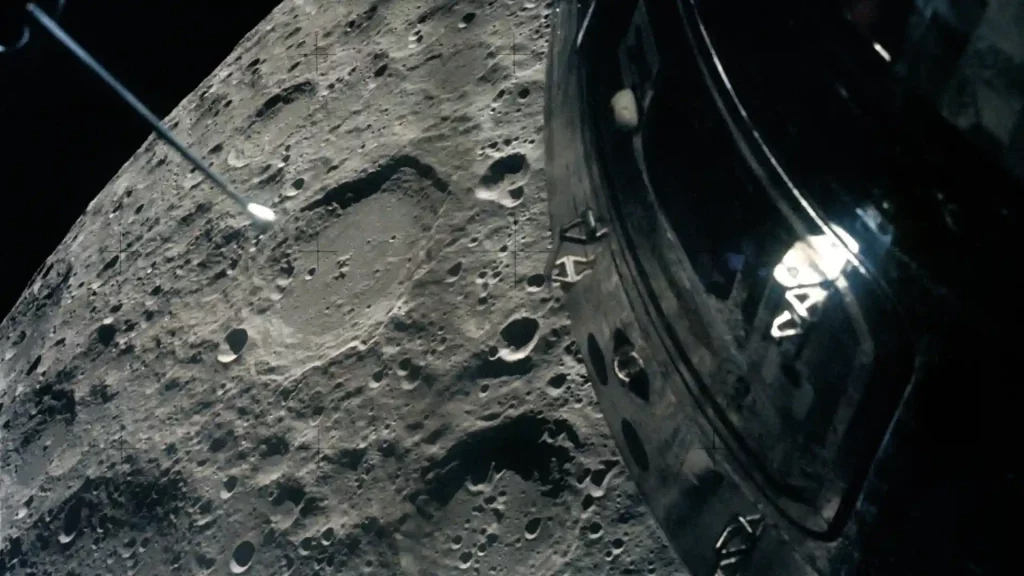The race to return humans to the Moon is still progressing with Europe, the US, and China spending billions already. But this time humans are not in for a short visit, but they are going to stay, with the purpose of doing long-term explorations. The moon has been the target of many missions since the Apollo era.
Building a permanent base on the moon brings in many business opportunities. Over the next 10 years, around 400 missions are expected to be conducted. Analysts forecast a $137 billion cumulative market around the Lunar economy. In addition, this time private companies are also playing a much larger role in the upcoming missions than earlier.
New Players
In the United States, several private companies are financing their own funds alongside NASA to develop landers for astronauts (Blue Origin and SpaceX), robotic Moon landers (Astrobotic Technology and Intuitive Machines), and space suits (Axiom Space). Experts at PwC estimate that the Lunar economy could be a $170 billion market in the next 20 years. But to reach there a proper infrastructure facility must be set up.
Also, the market is built on the expectation that companies will find customers other than government agencies to get goods and services to build the landing pads and communication networks that are required to set up base on the moon.
SpaceX has collaborated with NASA to build new rockets to service the International Space Station. SpaceX in fact, has a thriving business launching private astronaut missions and commercial satellites. Space tourism is currently getting attention and the problem lies in the fact that we can’t completely predict the source of private demand on the moon. NASA sees returning humans to the moon as a training ground for living and working on Mars.
SpaceX and Blue Origin are presently developing carriers to launch astronauts to the moon’s surface as a part of NASA’s Artemis program. This is the mission that aims to put the first woman and the first person of color on the lunar surface by the year 2025. Along with human, cargo and other services are also on the list for transportation.
All eyes are on the South Pole!
The Moon’s south pole is the target of the current Lunar rush. The United States and China are targeting the area, and India has already created history by landing its rover there. But why is everyone eyeing the South Pole?
According to experts, the South Pole is where we will find in-situ resource utilization missions that focus on finding the presence of water, oxygen, hydrogen, and other minerals that are essential for astronauts to breathe and survive. The amount of water on the moon varies, and estimates suggest that there could be around 6bn tonnes. So, if they could prove its presence and find ways to access it, it would help in the survival of astronauts.
Accessing the South Pole isn’t easy either. The lighting conditions of the South Pole are strange and have a low incident angle light. This makes the navigation part more challenging as it could make the navigator disoriented.
Making money on the moon
Dr. Michael Nayak, a planetary scientist and former Air Force pilot who is working as a DARPA program manager launched a 10-year Lunar Architecture capability study that pays private companies to work on plans to allow a private economy on the moon by the year 2035. The main aim is to have an experimental economic and technical analysis to get a “self-sustaining, monetizable, commercially owned-and-operated lunar infrastructure.”
Nayak is also negotiating with around 14 companies that presented their proposals to form the study group. The group is expected to produce their findings in 2024. This foundation blueprint will give NASA as well as the private companies a better framework to fill in the gaps in their development. Another challenge is the lack of proper information regarding the accessibility of the resources on the lunar surface.
Moon could also have minerals that could be used to make components for space hardware. It could also have rarer elements that we could bring back to earth. NASA is sending privately built robotic landers to explore the lunar surface ahead of sending humans.
Lunar Economy
Most of the companies that join the plan are to offer the services of power and transportation. Other areas that came up after a close analysis were a proper market study, utilising the lunar resources, and construction and robotics. Another project called Lunar Operating Guidelines for Infrastructure Consortium, or LOGIC, was also launched by Mr. Nayak. The main aim of this project was technology standards that are easy to be followed by other companies. All this planning is mainly done to simplify the processes. The first result would be something as simple as one NASA contractor paying another to reach the goals.
If you build it, they will come is the prevailing mindset among those in the space sector. With NASA’s support, Intuitive Machines, a publicly traded firm, is expected to launch the first private mission to the moon this year. Other than demonstrating that IM can land safely, the mission’s main goal is to transport scientific sensors. However, the company is also making some money by carrying Jeff Koons’s artwork and working with private businesses like Columbia Sportswear, which provided insulation for the spacecraft.
Steve Altemus, the CEO of IM, states that currently, 80% of his company’s revenue comes from government contracts and 20% comes from business arrangements. However, once he demonstrates that IM can, Altemus hopes to bring the ratio close to 60-40.
